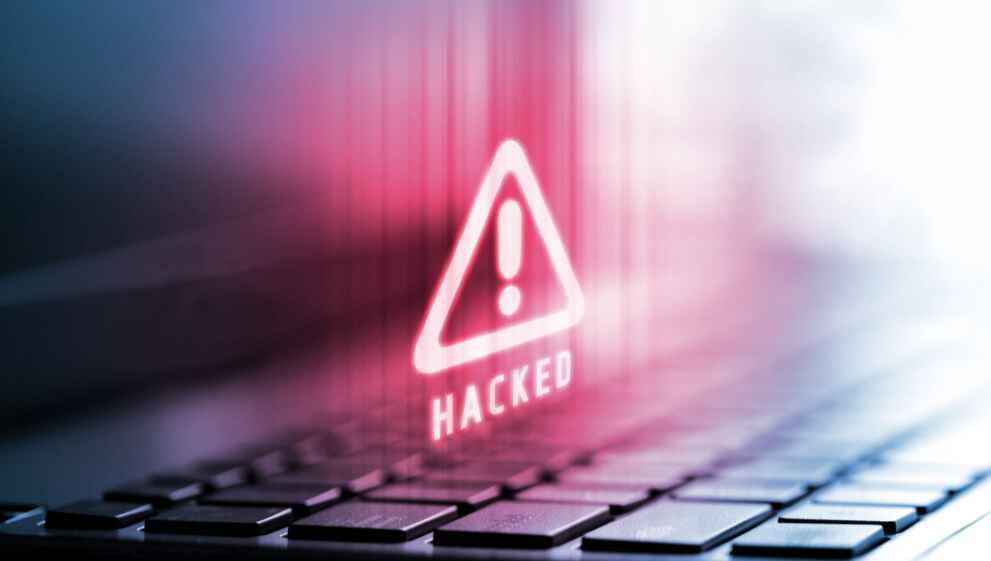Today, when everything from banking to social networking happens online, threats like the computer virus are more than just a nuisance; they’re evolving digital weapons. What started as prank programs in the 1980s has transformed into sophisticated, malicious codes capable of wiping entire servers, stealing identities, and demanding ransoms worth millions.
Did you know that every second, there are almost 190,000 new malware attacks happening? Thus, the need to understand different types of viruses isn’t just for cybersecurity professionals; it’s crucial for everyday users, students, and businesses.
Knowing the different types of computer viruses, how they operate, and their historical impact not only strengthens your digital defense but also helps you recognize red flags early. Let’s dive into some of the most famous digital threats that reshaped the cyber landscape.
Which Is the Most Famous Computer Virus?
ILOVEYOU is widely regarded as the most famous malware virus ever. Why? Because of its massive scale and the simplicity of its deception.
- Impact: Infected over 45 million users worldwide in just a few days.
- Spread Method: Email with the subject “ILOVEYOU”.
- Damage: Caused an estimated $10 billion in losses.
- Notoriety: It targeted emotions, tricking users into opening attachments.
Top 10 Most Famous Computer Viruses of All Time
Here’s a definitive computer virus list featuring history’s most notorious viruses. This scannable guide gives you the who, what, when, and how of all types of computer viruses.
MyDoom
- Year Detected: MyDoom surfaced in January 2004 and quickly made headlines for its astonishing spread rate. It became the fastest-spreading email worm ever recorded.
- Spread Method: Email attachments
- What It Did: Opened backdoors, launched DDoS attacks
- Impact: Caused over $38.5 billion in damages; fastest-spreading virus ever
ILOVEYOU
- Year Detected: The ILOVEYOU virus emerged from the Philippines in May 2000 and exploited human curiosity and emotion as its main tool.
- Spread Method: Email with “LOVE-LETTER-FOR-YOU” attachment
- What It Did: Overwrote personal files and sent itself to all contacts
- Impact: Infected over 45 million computers, costing $10 billion
Code Red
- Year Detected: Code Red was discovered in July 2001 and was particularly dangerous because it required no user interaction to spread.
- Spread Method: Exploited vulnerabilities in Microsoft IIS web servers
- What It Did: Defaced websites, launched attacks on the White House
- Impact: $2.4 billion financial loss
Slammer
- Year Detected: The SQL Slammer worm appeared in January 2003 and brought global internet traffic to a near halt.
- Spread Method: Exploited a vulnerability in Microsoft SQL servers
- What It Did: Caused massive network outages
- Impact:
Caused $950 million-$1.2 billion economic losses in the first five days
CryptoLocker
- Year Detected: CryptoLocker marked the arrival of ransomware as a mainstream threat in cybercrime.
- Spread Method: Email phishing and malicious downloads
- What It Did: Encrypted users’ files and demanded ransom
- Impact: Earned over $3 million before it was taken down
Sasser & Netsky
- Year Detected: These two worms were authored by the same individual, Sven Jaschan, a German teenager, and were released close to each other in 2004.
- Spread Method: Exploited Windows vulnerabilities
- What It Did: Rebooted computers, disrupted business operations
- Impact: Infected millions globally; caused Delta Airlines flight delays
Conficker
- Year Detected: Conficker, also known as Downup or Downadup, was one of the most complex and resilient worms of 2008
- Spread Method: Exploited Windows OS flaws and USBs
- What It Did: Created a botnet, downloaded more malware
- Impact: $9.1 billion in losses
Storm Worm
- Year Detected: The Storm Worm emerged in January 2007, using real-world events to trick users into opening infected attachments.
- Spread Method: Email disguised as breaking news
- What It Did: Turned PCs into botnets for spamming
- Impact: $16 billion in losses
Anna Kournikova Virus
- Year Detected: Named after the famous tennis star, this virus, in 2001, demonstrated how celebrity bait could be used in email-based attacks.
- Spread Method: Email with an image attachment
- What It Did: Sent itself to all contacts once opened
- Impact: $17.1 billion in losses
Stuxnet
- Year Detected: Stuxnet was not an ordinary virus; it was a cyberweapon likely developed by state actors for political sabotage in 2010.
- Spread Method: USB drives and zero-day Windows exploits
- What It Did: Targeted industrial control systems
- Impact: Disrupted Iran’s nuclear program; state-sponsored cyberwarfare tool
Stay Digitally Safe with Quick Heal Protection
While these examples of virus in computer history show how devastating digital threats can be, modern solutions like Quick Heal offer proactive defense mechanisms.
Quick Heal Total Security
A comprehensive antivirus solution designed to protect your PC, financial data, and personal files.
GoDeep.AI
An AI-powered detection engine that identifies known and unknown threats in real-time using machine learning.
- Effectiveness: Blocks zero-day attacks
- Advantage: Continuously adapts to emerging threats
Anti-Ransomware
Shields files from unauthorized encryption attempts by ransomware.
- Effectiveness: Automatically backs up files before they’re encrypted
- Advantage: Reduces ransomware impact to near-zero
Smart Parenting
Parental control feature to monitor and restrict online activity for children.
- Effectiveness: Ensures a child-friendly internet experience
- Advantage: Schedule screen time, block categories
Data Backup
Creates secure backups to restore files in case of virus attacks or accidental deletions.
- Effectiveness: Recovers your critical files post-attack
- Advantage: Peace of mind during cyber emergencies
Quick Heal Internet Security
Ideal for frequent internet users who need extra protection while browsing and shopping online.
Secure Browsing
Prevents access to malicious or fraudulent websites.
- Effectiveness: Blocks fake websites and unsafe links
- Advantage: Shop and bank online with confidence
Phishing Protection
Detects and neutralizes phishing attempts in real-time.
- Effectiveness: Shields you from login credential theft
- Advantage: Safe email and web experience
Email Safety
Scans email attachments for hidden threats.
- Effectiveness: Blocks infected files from opening
- Advantage: Protects from email-based viruses
Quick Heal Antivirus Pro
A lightweight yet powerful solution for everyday users.
- Usefulness: Shields against malware, spyware, and Trojans
- Everyday Benefit: Minimal system load while offering maximum protection
- Specialized Defense: Stops unauthorized access and keyloggers
Whether you’re an IT professional or a casual user, understanding all types of computer viruses helps build resilience in today’s digital landscape. Cyber threats will only continue to grow more sophisticated. But with the right tools like Quick Heal and awareness about the computer virus list that shaped digital history, you’re empowered to stay one step ahead.
Frequently Asked Questions
-
What was the first famous computer virus in 2025?
The first notorious virus of 2025 is Ghost. It is also called the Cring ransomware.
-
What is the full form of virus?
VIRUS stands for Vital Information Resources Under Siege, though it's a backronym, it accurately reflects the impact viruses can have.
-
What are the types of computer viruses?
There are many, including file infector, macro virus, boot sector virus, polymorphic virus, worms, and trojans. All are part of the umbrella term, types of computer viruses.
-
What is the most harmful computer virus?
MyDoom holds the record for the most financial damage caused by a virus, estimated at $38.5 billion.
-
Which antivirus is best to protect from computer viruses?
Quick Heal Total Security offers industry-leading protection, combining AI-based detection with ransomware defense and smart web safety.



